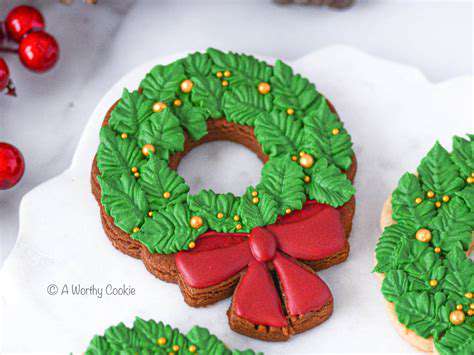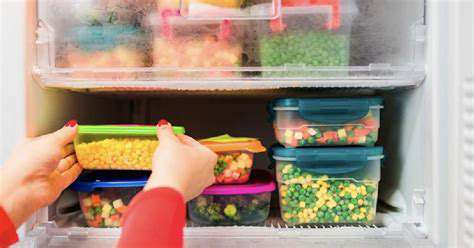Baking Cookies for Special Occasions: Festive and Delicious
Selecting Cookies for a Holiday Celebration
Holiday cookies should embody tradition and warmth. Christmas begs for gingerbread or cinnamon-spiced treats, while Hanukkah shines with rugelach or chocolate biscotti. Cultural relevance matters—choose recipes that honor the occasion's heritage. A mix of flavors caters to diverse tastes, ensuring no guest feels left out.
Visual appeal transforms cookies into festive decor. Snowflake-shaped sugar cookies or meticulously decorated gingerbread men become edible centerpieces. Color coordination with holiday themes creates a cohesive tablescape. Thoughtfully arranged cookie platters don't just satisfy cravings—they create lasting memories through both taste and presentation.
Mastering the Art of Cookie Decoration

Understanding the Basics of Cookie Decorating
Cookie decoration blends artistry with precision. Mastering icing types—from royal icing's smooth finish to buttercream's texture—is foundational. Proper consistency control enables intricate designs. Practice different techniques to build confidence and creativity.
Choosing the Right Piping Tips
Piping tips are paintbrushes for cookies. Select tips based on design complexity—round tips for dots, star tips for textures. Experimentation reveals which tools best execute your vision. Smaller cookies demand finer tips, while larger surfaces accommodate bolder designs.
Achieving Professional Icing Results
Smooth finishes require controlled pressure and steady hands. Icing consistency determines flow—thicker for outlines, thinner for flooding. Multiple thin layers prevent drips and create depth. Patience during drying prevents smudging.
Creating Detailed Patterns
Combine techniques for dimensionality. Pipe outlines first, then flood with thinned icing. Edible markers add precision to intricate designs. Layering colors while wet creates natural blends. Stencils ensure symmetrical patterns for beginners.
Cookie Preparation Essentials
Bake uniform cookies with smooth surfaces—any bumps show through icing. Cool completely to prevent icing meltdown. Slightly concave cookies hold fillings better. Sturdy recipes (like gingerbread) support heavy decoration.
Advanced Decoration Techniques
Elevate designs with edible metallics or lace piping. Airbrushing creates ombré effects unobtainable with brushes. Isomalt windows turn cookies into edible stained glass. These methods require practice but yield gallery-worthy results.
Beyond the Classic: Exploring Unique Cookie Recipes
Unleashing Your Inner Pastry Chef
Break free from traditional recipes with global flavors. Try matcha-white chocolate or tahini-honey cookies for unexpected twists. Texture play—like adding popped quinoa or crispy rice—creates memorable bites. Alternative flours (almond, coconut) cater to dietary needs while introducing new dimensions.
Celebratory Cookie Innovations
Custom cookies become edible gifts. Sandwich cookies with flavored fillings (lavender honey, salted caramel) impress guests. For weddings, monogrammed cookies replace traditional favors. Freeze-dried fruit powders create vibrant natural colors without artificial dyes.
Consider presentation formats: cookie bouquets for birthdays, miniature stacks as place cards. Edible glitter transforms cookies into festive jewels. Themed shapes—like books for retirements or animals for baby showers—personalize celebrations.
Storing and Serving Your Delicious Treats

Optimal Storage Methods
Layer cookies with parchment in airtight containers. Butter-based cookies last 2 weeks at room temperature; cream-based require refrigeration. Freeze undecorated dough balls for fresh-baked convenience.
Presentation Perfection
Elevate serving platters with height variations—cake stands create visual interest. Group cookies by color or theme for Instagram-worthy displays. Mini dessert towers make elegant centerpieces. Include serving utensils to preserve delicate decorations.
Preserving Decorated Cookies
Royal icing creations need humidity-controlled storage. Silica gel packets prevent color bleeding in humid climates. Separate layers with wax paper to prevent design transfer. Display under glass domes to protect while showcasing.